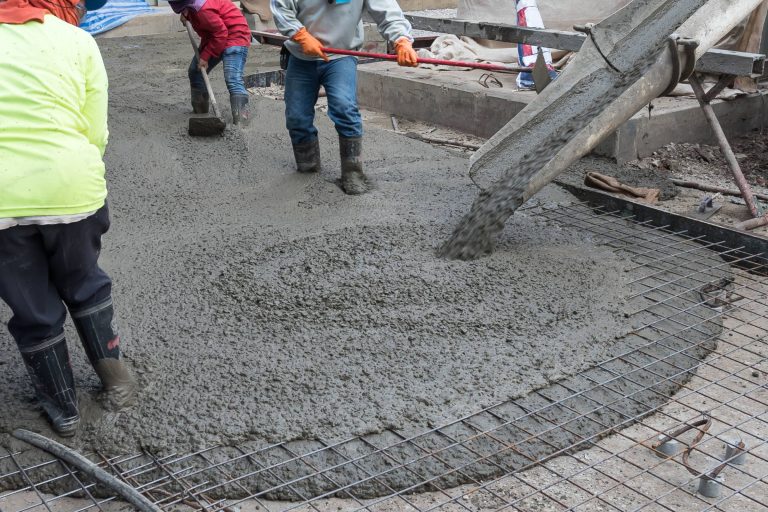Seawater and CO2 may unlock a game-changing new concrete technology
A new material made of seawater, carbon dioxide, and electricity could give the construction industry a much-needed climate upgrade. Developed by researchers at Northwestern University, … The post Seawater and CO2 may unlock a game-changing new concrete technology appeared first on BGR.


A new material made of seawater, carbon dioxide, and electricity could give the construction industry a much-needed climate upgrade. Developed by researchers at Northwestern University, the paste-like substance offers a dual solution: a substitute for mined sand and a way to produce carbon-capturing concrete.
Concrete is the world’s most widely used synthetic material, but it’s also one of the most polluting. Making it releases huge amounts of carbon dioxide and relies heavily on sand dredged from coasts and riverbeds, a practice that can cause serious environmental damage.
The Northwestern team’s approach uses two common resources—seawater and carbon dioxide—which are run through an electrochemical process to produce a white paste of calcium carbonate and magnesium hydroxide. The material mimics natural processes. Corals and shellfish build their skeletons using similar chemistry, and the researchers say they modeled their method after these organisms.
The researchers say they can control the paste's properties by adjusting variables like voltage, flow rate, and reaction time. This allows them to provide different shapes, sizes, and porosities suited for carbon-capturing concrete mixes, plasters, or even paints.
What makes this carbon-capturing concrete alternative particularly promising is its versatility. It can be a substitute for traditional sand and gravel in cement production, reducing the demand for mined materials. Thus, it allows us to make concrete without cement.
Because it absorbs carbon dioxide during production rather than emitting it, the paste flips cement’s traditional carbon footprint on its head. The process also emits hydrogen as a byproduct, which can be captured and used as a clean energy source.
The team notes that this method could be paired with existing cement operations to recycle their own emissions. Cement plants near coastlines could draw seawater directly into on-site reactors, transforming waste CO₂ into useful, solid building materials. Over time, this could reshape the economics of green cement, especially if the synthetic aggregate proves cheaper than traditional sand.
The construction sector has few scalable options for reducing its climate impact. Sure, we’ve seen some promising environmentally friendly concrete options, and some have even started being tested in real-world applications. However, carbon-capturing concrete made from abundant and inexpensive ingredients could offer a rare combination of feasibility and climate benefits.
The post Seawater and CO2 may unlock a game-changing new concrete technology appeared first on BGR.
Today's Top Deals
- Amazon Big Spring Sale: $269 iPad 10, Nintendo Switch games, robot vacuum deals, $390 AR glasses, more
- Amazon Big Spring Sale: $299 Apple Watch S10, $350 70″ smart TV, $299 King mattress, $58 myQ, more
- Amazon Big Spring Sale: Apple deals, gaming laptops, Crest 3D Whitestrips, Samsung deals, more
- Amazon Big Spring Sale: $20 off Nintendo Switch OLED, save $0.50 a gallon on gas, $7 Tapo smart plugs, more
Seawater and CO2 may unlock a game-changing new concrete technology originally appeared on BGR.com on Fri, 4 Apr 2025 at 20:09:00 EDT. Please see our terms for use of feeds.




















































































































.jpg)
%20Abstract%20Background%20112024%20SOURCE%20Amazon.jpg)

















